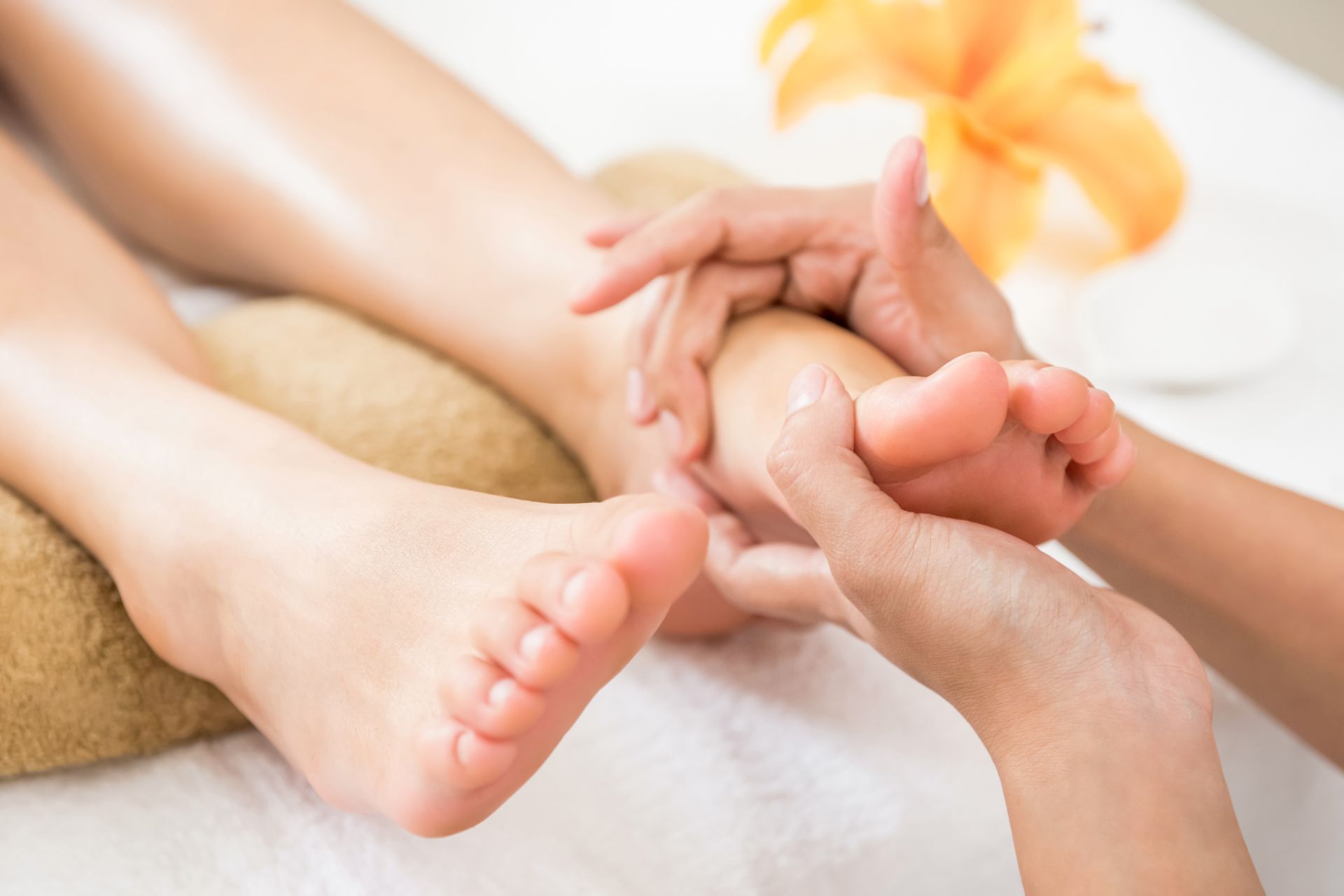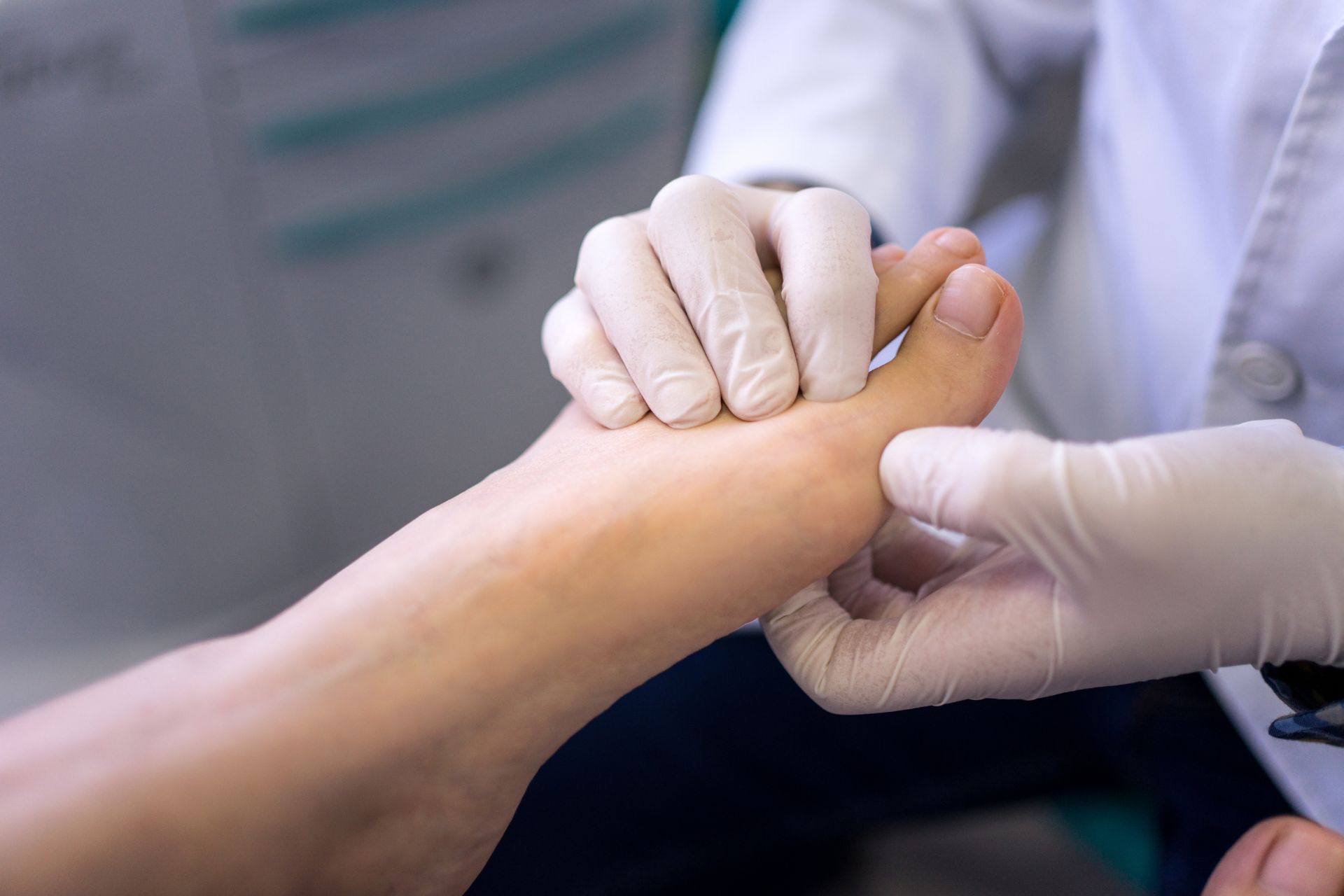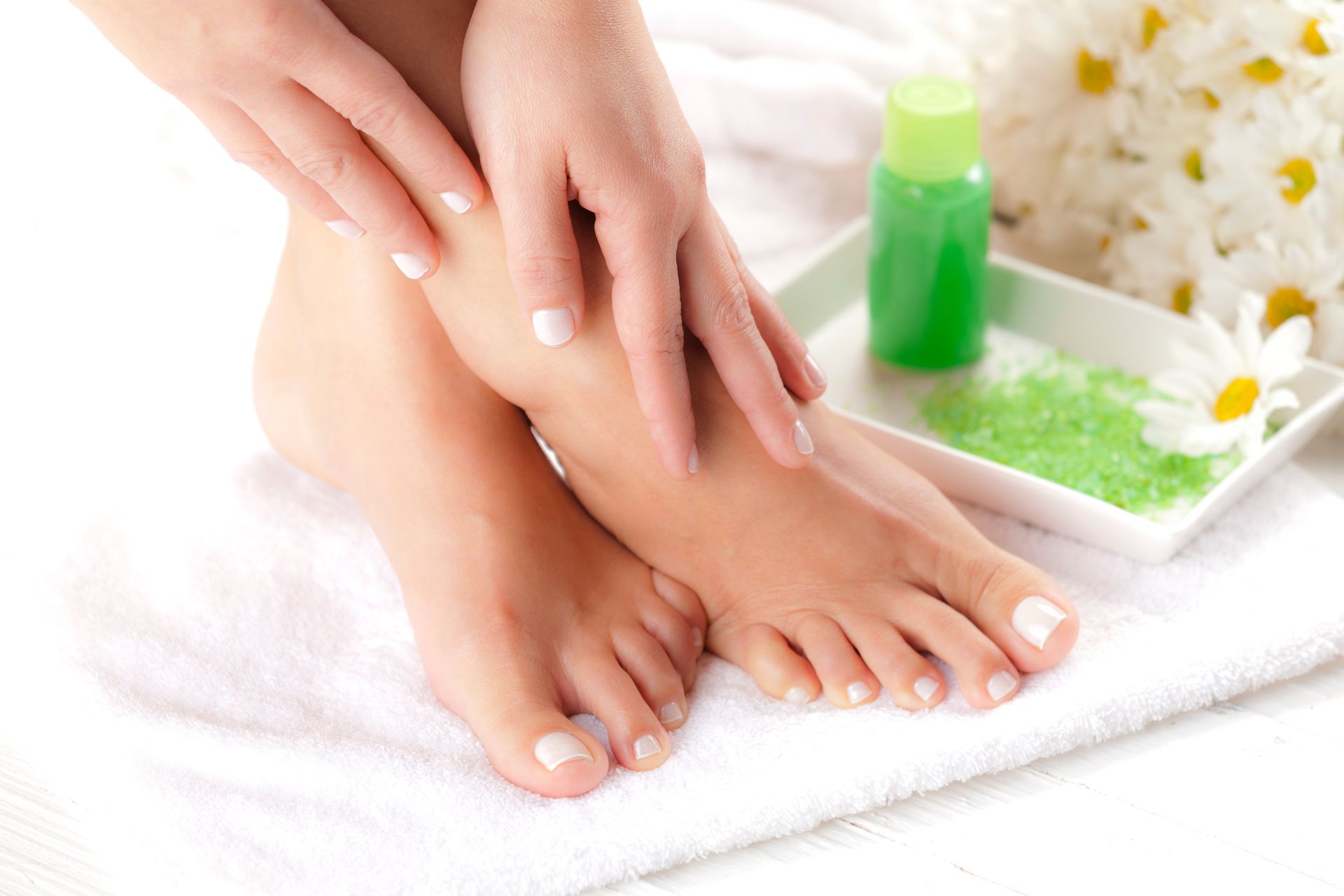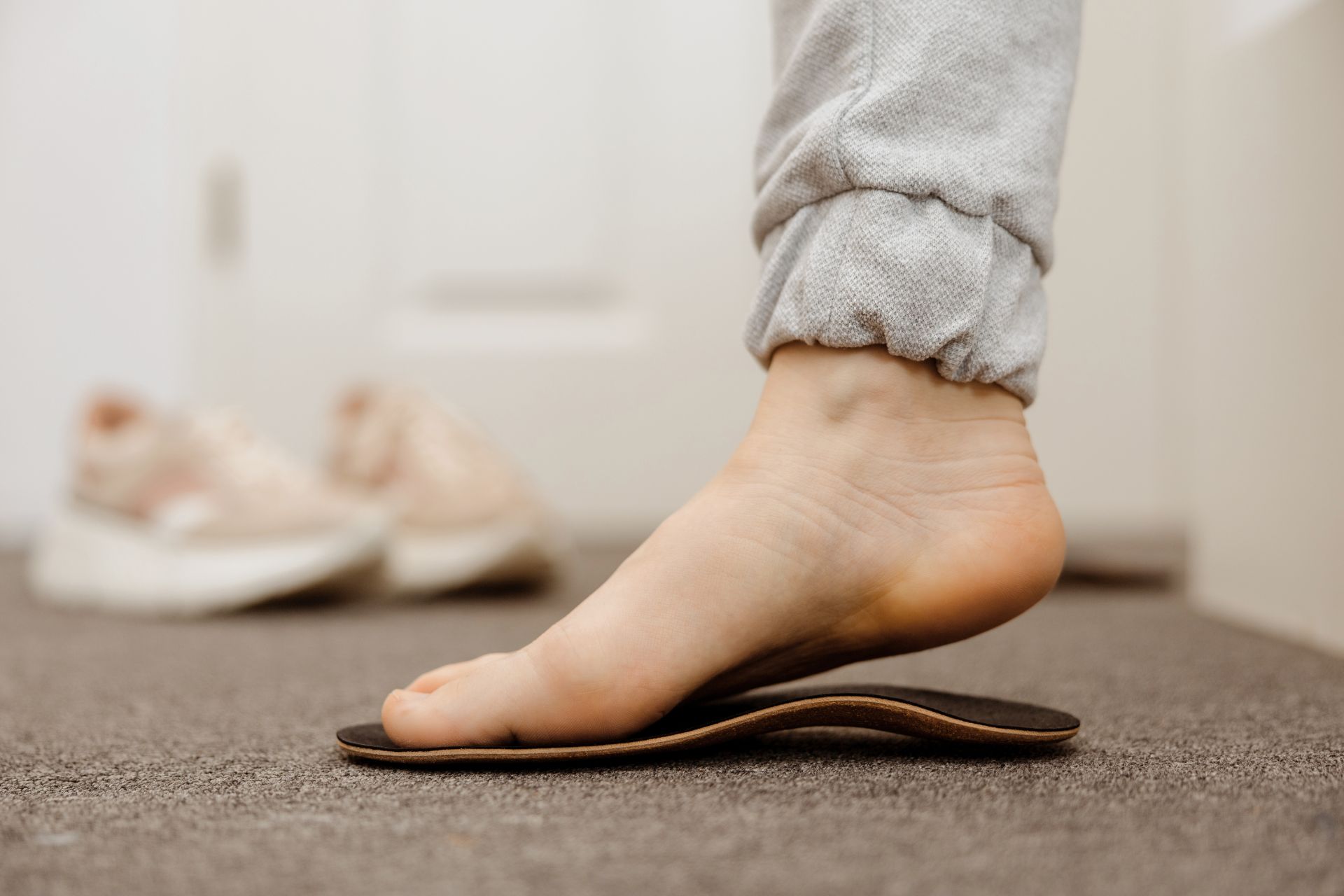Your feet are your body’s unsung heroes, carrying you through life’s daily demands. Yet, they often don’t receive the attention they deserve until discomfort or problems arise. Recognizing when to seek professional foot care is crucial for preventing minor issues from escalating into major health concerns. Here’s how to know when your feet need expert attention.
Persistent Pain: More Than Just a Temporary Issue
Foot pain is a common experience, especially after long periods of standing or walking. However, persistent or recurring pain is a sign that something isn’t right. Conditions like plantar fasciitis, heel spurs, or stress fractures can cause prolonged discomfort.
Ignoring chronic pain may lead to further complications, such as altered gait or joint issues. A foot care specialist can pinpoint the cause of your pain and offer tailored treatments like orthotics, physical therapy, or lifestyle adjustments to restore your comfort and mobility.
Swollen Feet: A Red Flag for Circulation or Injury
Occasional swelling in your feet, especially after standing for hours, might not be alarming. However, persistent or unexplained swelling could indicate underlying health problems such as poor circulation, lymphatic issues, or even a foot injury.
For instance, edema (fluid retention) in the feet can signal heart, kidney, or venous insufficiency. Injuries like sprains or fractures may also cause swelling that doesn’t subside on its own. Consulting a foot care professional ensures the root cause is identified and treated appropriately.
Skin and Nail Changes: A Clue to Underlying Problems
Your feet can reveal a lot about your overall health. Changes in the skin or nails—such as discoloration, thickening, or peeling—are often early warning signs of infections or other conditions.
Fungal infections like athlete’s foot or toenail fungus are common but can worsen if left untreated. Corns, calluses, and cracked heels may also require professional care to prevent infection or further discomfort.
A podiatrist can assess these changes, provide treatments to restore your skin and nail health, and recommend preventive measures to avoid recurrence.
Difficulty Walking: Mobility Issues Need Attention
If walking or standing feels unusually challenging, it could indicate a structural issue with your feet. Problems like flat feet, high arches, or bunions can disrupt your balance and posture, leading to discomfort or even back pain.
Flat feet, for example, can cause overpronation (rolling inward of the ankles), leading to strain on the feet and legs. High arches, on the other hand, can result in uneven weight distribution, causing pressure points and discomfort.
Seeking professional foot care can help you find solutions such as custom orthotics, supportive footwear, or exercises to improve your mobility and alleviate pain.
Numbness or Tingling: Don’t Ignore These Sensations
Experiencing numbness, tingling, or a “pins and needles” sensation in your feet is not normal and should be addressed promptly. These symptoms often point to nerve-related issues like peripheral neuropathy or poor circulation.
Peripheral neuropathy, commonly linked to diabetes, can lead to loss of sensation and increase the risk of injuries going unnoticed. Early intervention by a foot care professional can prevent complications and improve your quality of life.
Wounds That Don’t Heal: A Serious Concern
Cuts, blisters, or ulcers on your feet that take longer than usual to heal can signal poor circulation or an underlying condition like diabetes. Slow-healing wounds increase the risk of infection, which can lead to severe complications if untreated.
Professional foot care is essential in managing these wounds. A specialist can clean and dress the area, recommend advanced treatments, and provide guidance on preventing further injuries.
When Foot Care Goes Beyond Home Remedies
While at-home foot care routines can address minor issues, some conditions require the expertise of a professional. Persistent discomfort, noticeable changes in appearance, or mobility challenges are clear signs to seek help.
Professional foot care services can include:
- Custom Orthotics: Devices designed to support and align your feet.
- Physical Therapy: Exercises to strengthen foot muscles and improve flexibility.
- Medical Treatments: Addressing infections, injuries, or chronic conditions.
Foot Care For Healthier Feet
Your feet are vital to your overall well-being, and neglecting them can impact your quality of life. Recognizing the signs that you need professional foot care is the first step toward better health.
If you’re experiencing any of the symptoms mentioned above, don’t wait to seek expert care. Steady Gait Foot Clinic in Scarborough offers comprehensive foot care services tailored to your needs. Contact us today to schedule an appointment and take the first step toward healthier, happier feet.
